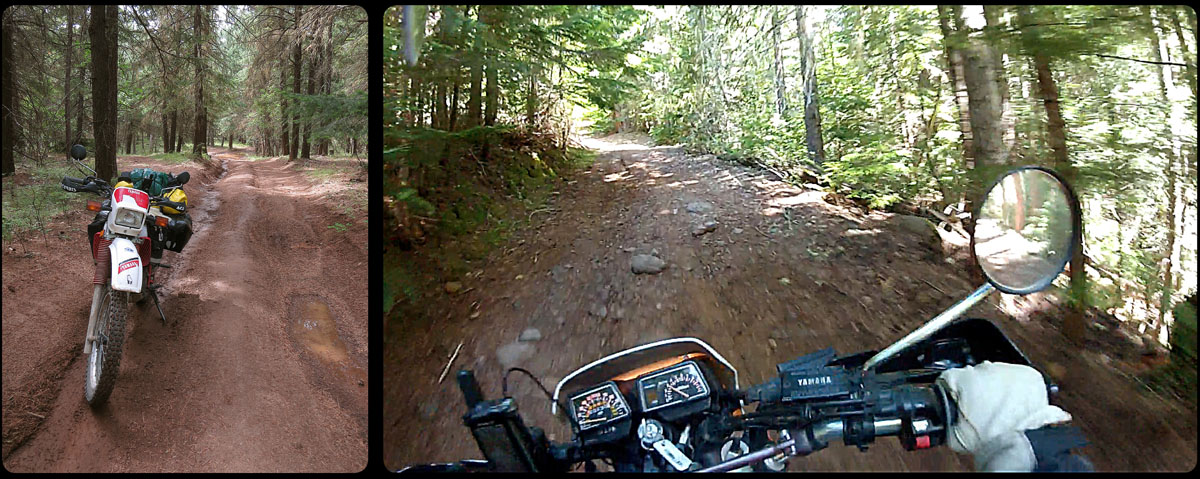In the autumn of 1845 Sam Barlow is overseeing the small harbor in the inlet of the Chenoweth Creek, near present day The Dalles, and he looks at all the work that’s being done by the emigrants that are building rafts for their trip on the river. Wheels are removed from the wagons and placed under the wooden body, which is to become the shelter on the rafts for the rest of the trip. Most of the livestock is sold so the emigrants are able to pay the ferrymen.
Sam Barlow though, has other plans. He wants to find a road over land, south of Mount Hood, straight through the thick forest. Sam has heard enough stories of people drowning in the strong currents of the Columbia River. That’s is not going to happen to his family. Apart from that, he is outraged about the high prices the ferrymen are asking to get the emigrants to their destination.
It’s October by now, and winter is drawing near with frost and rain, not something the tired and weakened travelers are looking forward to. But they have no choice now but to move on. After a few days, the company of Joel Palmer joins Barlow’s and together they start building the road.
The two men don’t get the huge job done before winter falls. Still on route, they decide to make a cache where they will leave their belongings, and one volunteer, William Berry, is left behind to stay the winter and guard everything. The others load their most needed things on the draft animals and start off to Oregon City on foot. Next spring, Barlow and Palmer return with more men to finish the job. Berry is found in good health, their possesions are still intact, and they start building right away.
This all sounds as if the road that was built was comfortable and safe but, unfortunately for the emigrants, this was not the case. It was still very rugged and so was the terrain, with all the dangers that come with it.
The trail, because that was all it really was, hasn’t changed very much in all these years. Where in other places the Oregon Trail has been paved with tarmac, today large stretches of this road have hardly changed in 150 years’ time. And that it was a rugged road, I now know from personal experience.
In the spring and summer of 1846 the road was finished, and from the autumn of that same year, emigrants could choose whether they wanted to travel over land or by water. But if they wanted to continue their journey south of Mount Hood, they’d have to pay Sam Barlow, the man who was so outraged about the financial exploitation of the emigrants, toll to travel this road.

